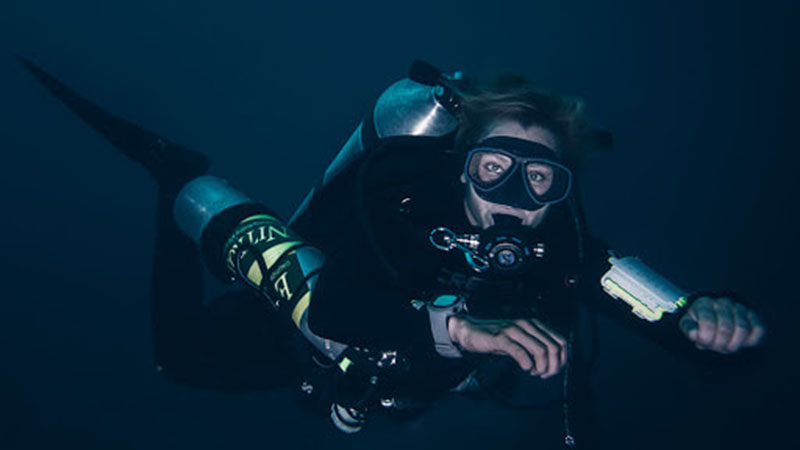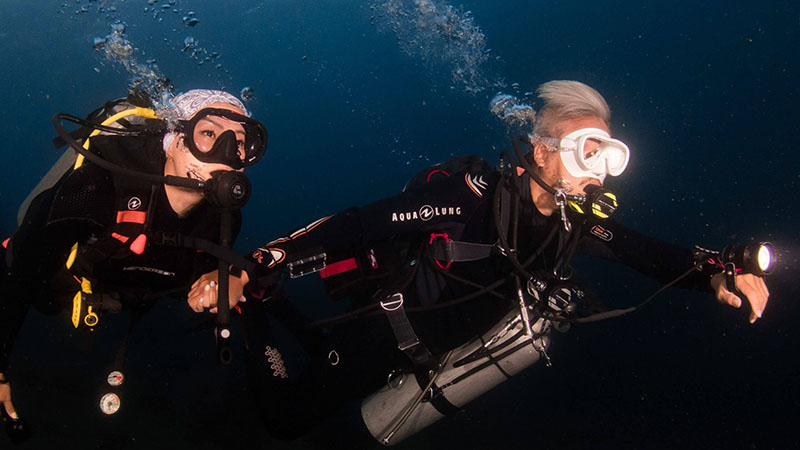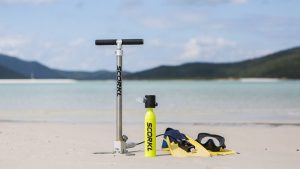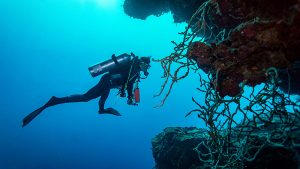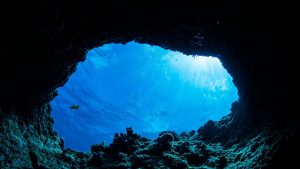Technical diving is described differently by divers. However, most agree that it goes beyond what is recommended with safety standards. Most technical dives come with specialized equipment and it represents the only option for some type of safety measures.
Its name comes from technology-assisted diving which was the case a few decades ago. Now, it is only referred to as technical diving and it has some associated features which help establish its boundaries. Technical dives are now regarded as anything which goes below the 40m mark. There is no natural sunlight in technical diving. This is why such dives are often made at various shipwrecks. At the same time, cave diving has been included in this category with deep dives.
The inability to ascend directly means that divers need to stay underwater until it is actually safe to ascend. This is due to nitrogen narcosis health risks. Compressed oxygen is responsible for the issue, casing nausea and even loss of consciousness. These limiting factors of technical diving are described below. Other factors may still be include, as technical diving has a very dynamic definition. Physical ceiling, visibility, and equipment are all part of this type of diving. It is believed that 20% of all diving fatalities are actually related to technical diving.
Table of Contents
Inability to ascend directly
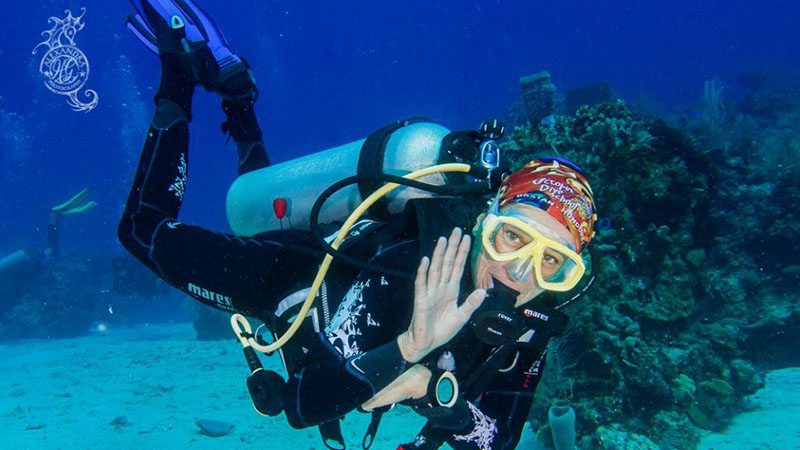
The inability to ascend directly is something which characterizes technical diving. This is why a large number of divers know they have to stop direct ascent to the surface. Underwater, they breathe a combination of nitrox and oxygen, which is a suitable formulation for gas elimination at a normal rate. However, when ascending directly, health risk involves the growth of bubbles, which can be lethal.
This is why technical divers need to plan a few stops on their way to the surface. As a result, technical divers cannot really stay underwater for too long, as they still need oxygen to ascend and to take breaks from ascending. It is believed that the one-third rule of descending, being on the bottom of the ocean or cave and ascending are influenced by this the most. In fact, ascending can take the most time in this case.
The inability to ascend due to the decompression brakes is also referred to as a virtual ceiling. However, there are physical ceiling which can act the same, but not exactly due to the will of the diver. For example, cave divers can’t ascend directly as they need to go through the water and make their way through the rock formations. This means they might not even need to take breaks for decompression. Some of the world’s deepest caves are known for this type of ascending.
Poor visibility
Limited visibility is a natural consequence of diving deep. It is also one of the most important causes of death with deep dives. If there is no light, divers can feel disorientated. In fact, they lose all sense of direction of not really familiar with the diving area. Various underwater lights and gear are used for this purpose. Dive lights and depth gauges are a few tools which can help with orientation. Depth gauges on their own can indicated the rate of descent and the exact location to a technical diver.
As expected, not anybody can simply do low light diving. There are rigorous training procedures and some of the best today are actually part of an official or voluntary technical cave divers. Finding the shortest and safest way out is part of the training.
Equipment options

A mix of oxygen and nitrogen is considered for technical diving. However, not all technical dives are actually suitable for the modern diver. Luckily, there are solutions to somewhat improve this dangerous type of diving.
As expected, some technical diving experts actually rely on various mixes of oxygen, depending on their location on the technical dive. It is not unusual to see a technical diver carrying multiple oxygen tanks. All of them are labeled according to the mixture they carry. Furthermore, technical divers are known to be very specific about their mixture as they are all planned in advance, according to the dive ahead.
In the most extreme cases, helium is added to a tank of oxygen. Its role is to balance the narcotic effects low depths have on the brain. This is why various gases are often seen with deep-sea or cave divers.
Final considerations
Technical diving is not considered recreational. In fact, most technical dives are seen as expeditions. This is why they can have an in-water team and a surface-level team. These teams would communicate at all times to mitigate the effect of higher and higher water pressure.
In case of an accident, the surface-level team can act to search and recover those in the water. There are various agencies around the world which offer such extreme training. The British are known for having a technical training program for its top divers. Some of them have been known for search and recovery in the most isolated places on earth.
Technical diving also requires a lot of experience with normal diving. It is not a course which can be graduated after a short period of training. It is not a certification offered after a few weeks. In fact, technical diving training is not as common as many believe.
This is why in many rescue situations, technical diving teams are assembled with members from all over the world. Their task is to always reduce risks as much as possible and find the fastest way to the surface before running out of oxygen. Some technical diving gear can be purchased by any diver while others are custom-made. Commercial diving gear included in technical dives includes depth gauges and even other emergency-specific equipment.

